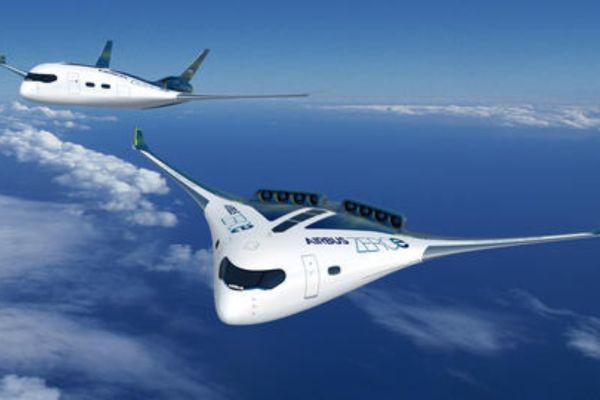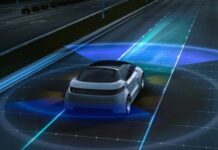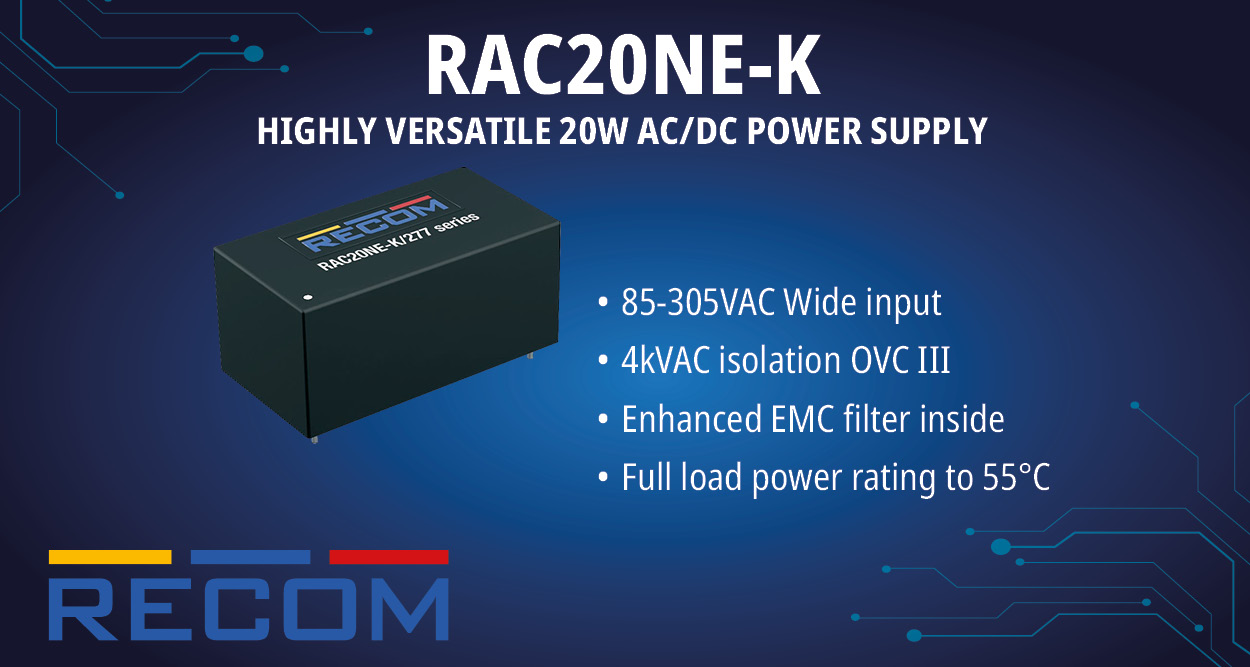The global autonomous aircraft market size was calculated at USD 9.72 billion in 2024, and it is predicted to surpass around USD 57.58 billion by 2034 at a CAGR of 19.47%.
Autonomous aircraft are revolutionizing the aviation industry by integrating artificial intelligence, advanced sensors, and automated flight control systems. These aircraft operate with minimal or no human intervention, improving efficiency, safety, and cost-effectiveness.
The market is experiencing significant growth due to increasing demand in commercial, Défense, and logistics sectors. Companies are heavily investing in research and development to enhance autonomous flight capabilities, with a focus on urban air mobility and cargo transport.
Autonomous Aircraft Market Key Highlights
- North America dominated the global market in 2024, accounting for the highest market share of 38.14%.
- By aircraft type, the rotary wing segment held the largest market share in 2024.
- By component, the hardware segment secured the highest revenue share in 2024.
- By end user, the commercial aircraft segment recorded the maximum market share of 25% in 2024.
Autonomous Aircraft: Overview
Autonomous aircraft are advanced aircraft that operate without direct human intervention, relying on artificial intelligence (AI), sensors, and onboard computing systems to navigate and perform tasks. These aircraft can function with minimal or no human input, making them suitable for various applications, including commercial, military, and cargo operations.
Key Features of Autonomous Aircraft
- Artificial Intelligence & Machine Learning – Enables decision-making, obstacle avoidance, and adaptive flight planning.
- Advanced Sensors & Navigation Systems – Utilizes LiDAR, GPS, RADAR, and computer vision for real-time situational awareness.
- Automated Flight Control – Capable of take-off, cruising, landing, and emergency handling without human intervention.
- Communication & Connectivity – Uses satellite links, 5G, and cloud computing for seamless operations and remote monitoring.
- Redundancy & Safety Systems – Equipped with fail-safe mechanisms, cybersecurity protocols, and backup systems for reliability.
Types of Autonomous Aircraft
- Fully Autonomous Aircraft – Operates without a pilot, making all decisions independently.
- Semi-Autonomous Aircraft – Requires human oversight but can perform most tasks independently.
- Unmanned Aerial Vehicles (UAVs) – Includes drones and remotely piloted aircraft used in commercial and Défense sectors.
- Urban Air Mobility (UAM) Vehicles – Air taxis and eVTOL (electric vertical take-off and landing) aircraft for urban transport.
Applications of Autonomous Aircraft
- Commercial Aviation – Future air taxis, cargo transport, and passenger aircraft with minimal pilot input.
- Military & Defence – Reconnaissance, surveillance, combat drones, and autonomous fighter jets.
- Logistics & Cargo – Autonomous freight carriers and drone delivery services.
- Agriculture – Crop monitoring, pesticide spraying, and precision farming.
- Emergency & Disaster Relief – Search and rescue missions, medical supply delivery, and wildfire monitoring.
Role of AI in the Autonomous Aircraft Market
AI plays a crucial role in the autonomous aircraft market by enabling advanced flight control, navigation, and operational efficiency. AI-powered systems process real-time data from sensors, GPS, and LiDAR to enhance autonomous take-off, flight path optimization, and landing. Computer vision helps detect and avoid obstacles, while predictive maintenance systems analyse aircraft health to prevent failures and reduce downtime.
AI also improves air traffic management by optimizing airspace usage and facilitating seamless communication with air traffic control. In emergency situations, AI-driven autopilot systems can make real-time decisions, such as rerouting flights or initiating safe landings. Additionally, AI strengthens cybersecurity by detecting and preventing hacking threats, ensuring secure data transmission between aircraft and ground stations.
The market is witnessing rapid advancements in AI-driven aviation, particularly in urban air mobility, cargo transport, and unmanned aerial vehicles for Défense and logistics. Major aerospace companies and startups are investing heavily in AI to develop fully autonomous aircraft.
However, challenges such as regulatory approvals, data accuracy, cybersecurity risks, and human-AI collaboration must be addressed before large-scale adoption. As machine learning, 5G connectivity, and automation continue to evolve, AI is expected to play an even greater role in shaping the future of autonomous aviation.
Regional Outlook
- North America: Dominated the market in 2024 due to the presence of leading aircraft vendors and increased demand for autonomous aircraft in the US military. It is expected to maintain its position throughout the forecast period. The U.S. autonomous aircraft market size was estimated at USD 2.61 billion in 2024 and is predicted to be worth around USD 16.31 billion by 2034, at a CAGR of 20.11% from 2025 to 2034.
- Asia Pacific: Expected to be the fastest-growing market due to increasing military budgets in countries like China and India, as well as the need for supplying goods to military bases in mountainous regions.
Market Drivers
The key drivers of the autonomous aircraft market include advancements in AI, machine learning, and sensor technologies, which enable precise navigation and decision-making. The rise in air traffic, demand for cost-effective operations, and increasing military applications of unmanned aerial vehicles are further propelling market growth. Additionally, the adoption of electric and hybrid propulsion systems is enhancing the sustainability of autonomous aircraft.
Opportunities
Opportunities in the market lie in the expansion of urban air mobility solutions, including air taxis and drone deliveries. The growing demand for automated air cargo transport and the integration of AI in air traffic management present significant potential for market expansion. Technological advancements in communication networks, such as 5G and satellite connectivity, further support the development of fully autonomous flight systems.
Challenges
Challenges in the autonomous aircraft market include regulatory hurdles, cybersecurity threats, and technical limitations in AI decision-making. Ensuring public acceptance and trust in pilotless aircraft also remains a significant barrier. Moreover, the high initial investment required for developing and deploying autonomous aircraft systems is a major concern for industry players.
Recent Developments
- In March 2024, DroneUp announced the launch of groundbreaking technology to revolutionize last-mile logistics. The ecosystem integrates operating software systems with automated ground infrastructure and an autonomous drone platform in an innovative way. The DBX ground infrastructure systems is designed for automated pickup of packaging, providing a climate-controlled package management and storage protocol for deliveries in urban areas, and enabling convenient reverse logistics.
- In June 2024, Joby Aviation Inc. announced its acquisition of Xwing Inc. The company has been in the autonomous aircraft business since 2020, using its in-house Superpilot software to enable safe, uncrewed operations in over 250 flights. The acquisition puts Joby at the forefront of autonomous aviation technology, allowing the company to accelerate deliverables with the U.S. Department of Defense and expand the potential of future contracts.
Autonomous Aircraft Market Companies
- AeroVironment, Inc.
- Saab AB
- Airbus S.A.S
- Raytheon Company
- BAE Systems
- Northorp Grumman Corporation
- Boeing Company
- Lockheed Martin Corporation
- Elbit Systems
- Embraer S.A.
Segments Covered in the Report
By Aircraft Type
- Rotary Wing
- Fixed Wing
By Component
- Radars &Transponders
- Propulsion Systems
- Cameras
- Sensors
- Actuation System
- Air Data Inertial Reference Units
- Flight Management Computers
- Software
- Others
By Technology
- Increasingly Autonomous
- Fully Autonomous
By End User
- Air Medical Service
- Commercial Aircraft
- Combat & ISR
- Passenger Air Vehicle
- Personal Air Vehicle
- Cargo & Delivery Aircraft
- Others
Source: https://www.precedenceresearch.com/autonomous-aircraft-market
















